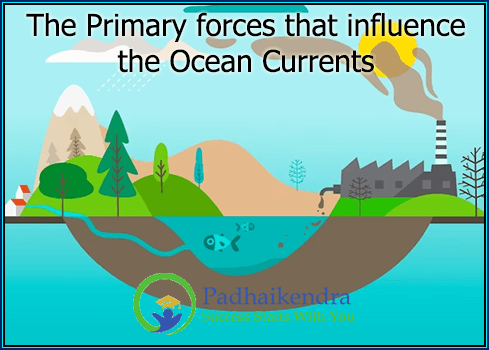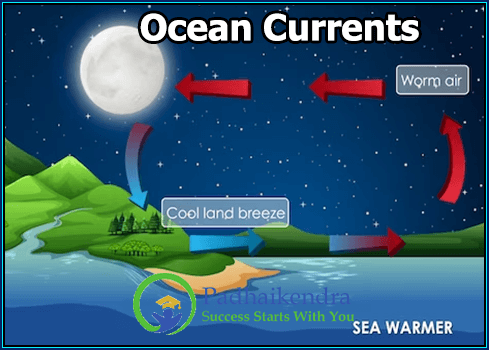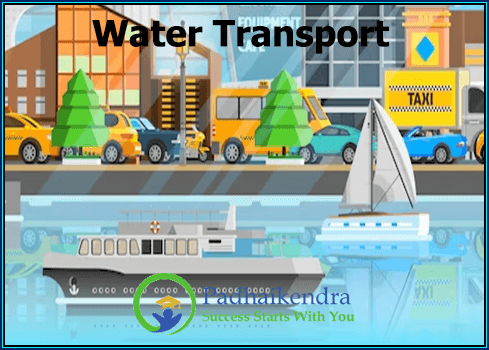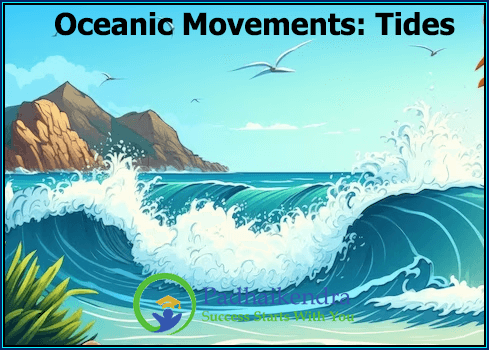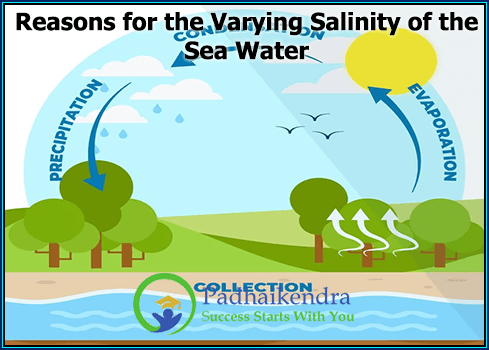National Waterways
National Waterways are the waterways in India that are declared as National Waterways under the National Waterways Act, 2016. The act declared 111 waterways as National Waterways to promote the development of inland water transport in the country. National Waterways have been identified based on their navigational potential, their usefulness for transportation of goods and …


